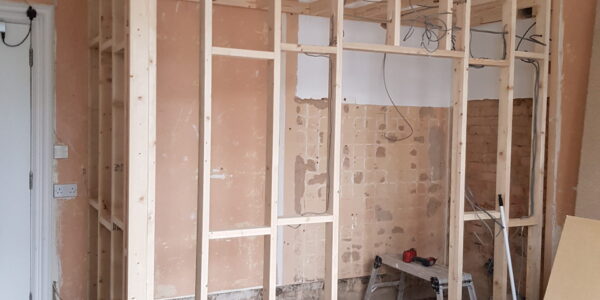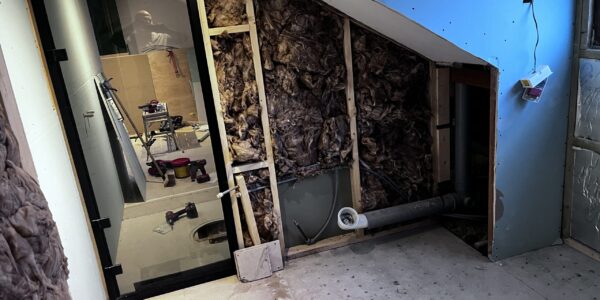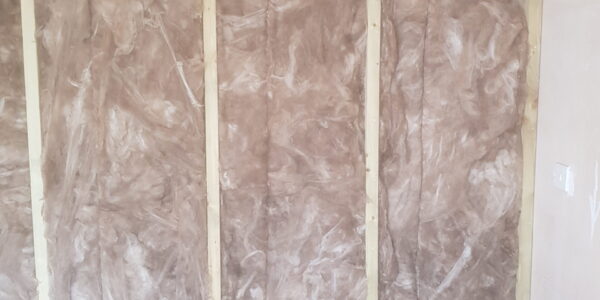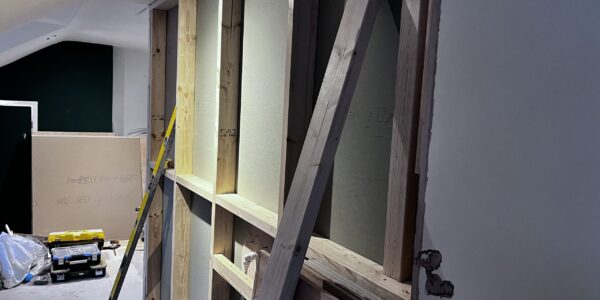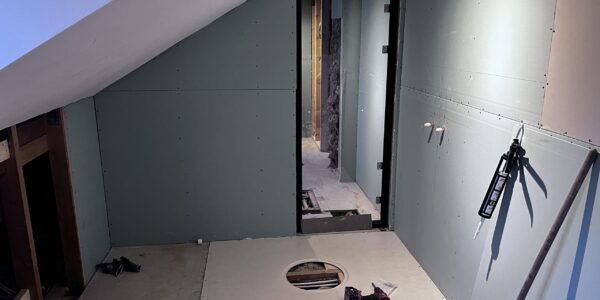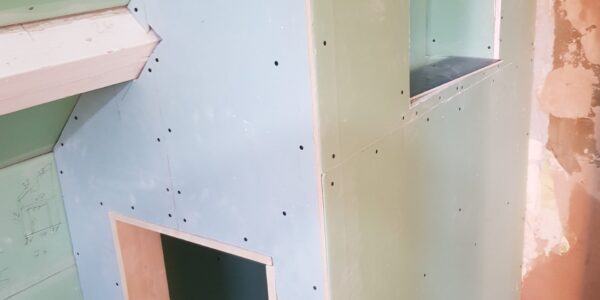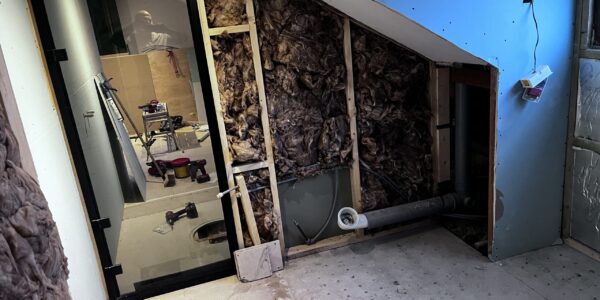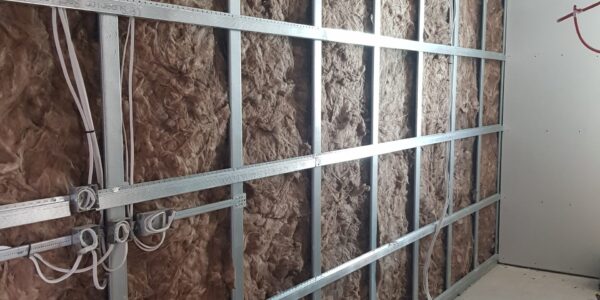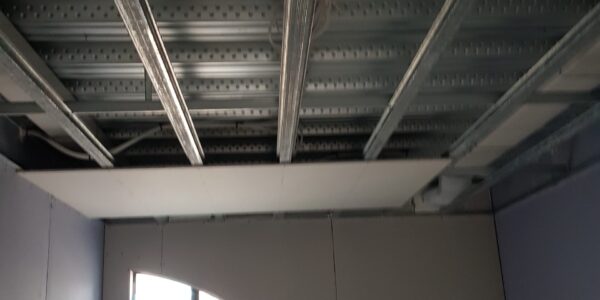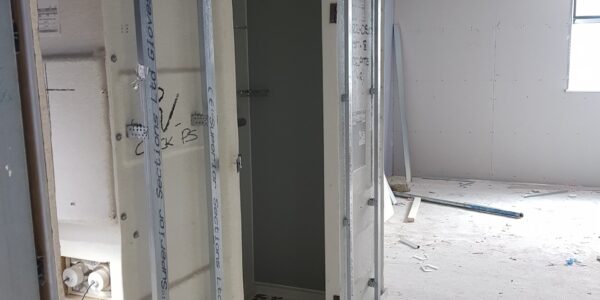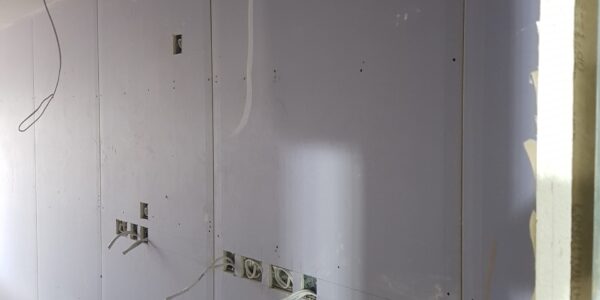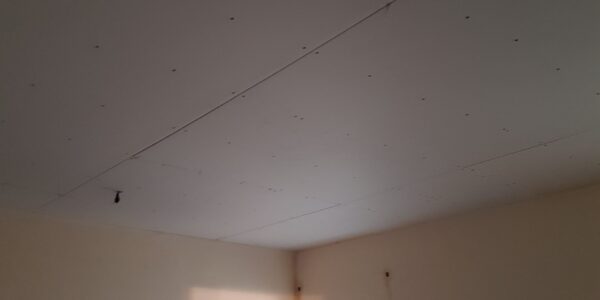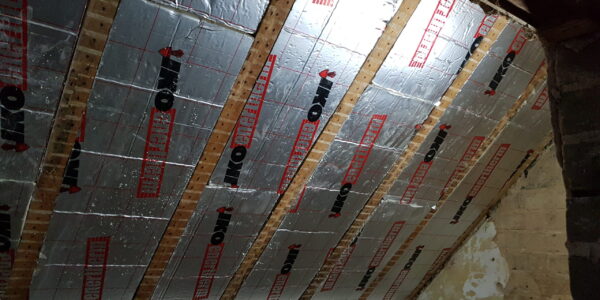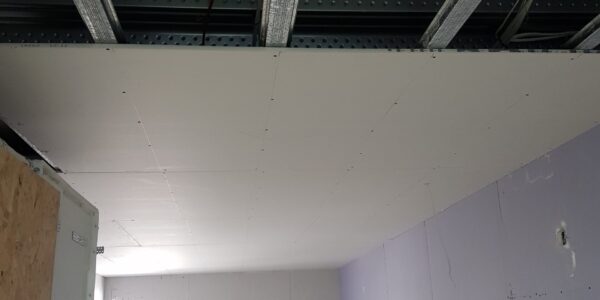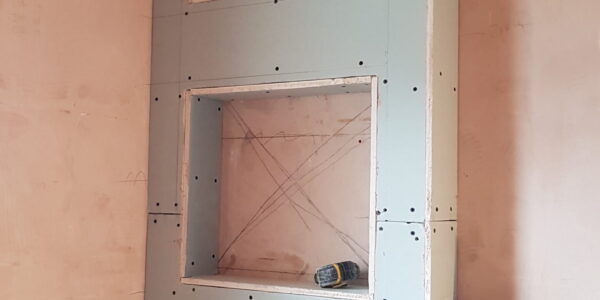Plasterboarding: the way to transform your available space
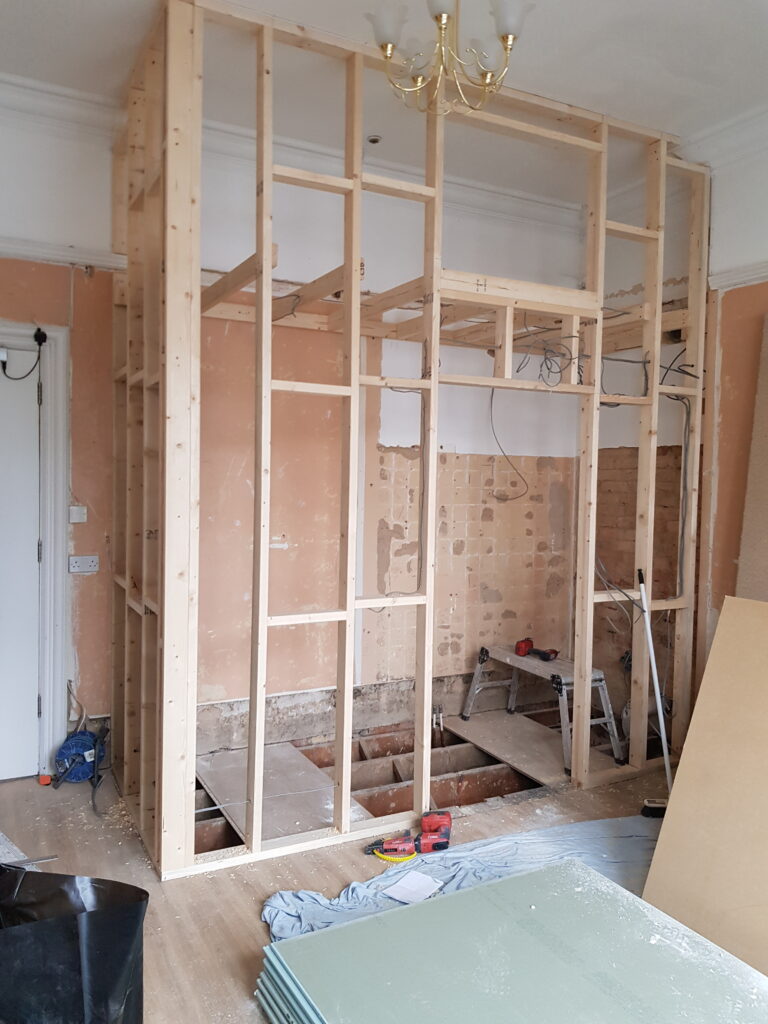
Plasterboarding – is a technology that helps you quickly and efficiently reconfigure your space. More accurately would be, as a finishing touch after studding but in most cases the 2 things are connected and by mentioning one you understand that the other will need to happen. Therefore stud walls and any other studding always goes hand in hand with plasterboarding.
This is by fare the most popular way of partitioning and/or cladding internal walls and ceilings.
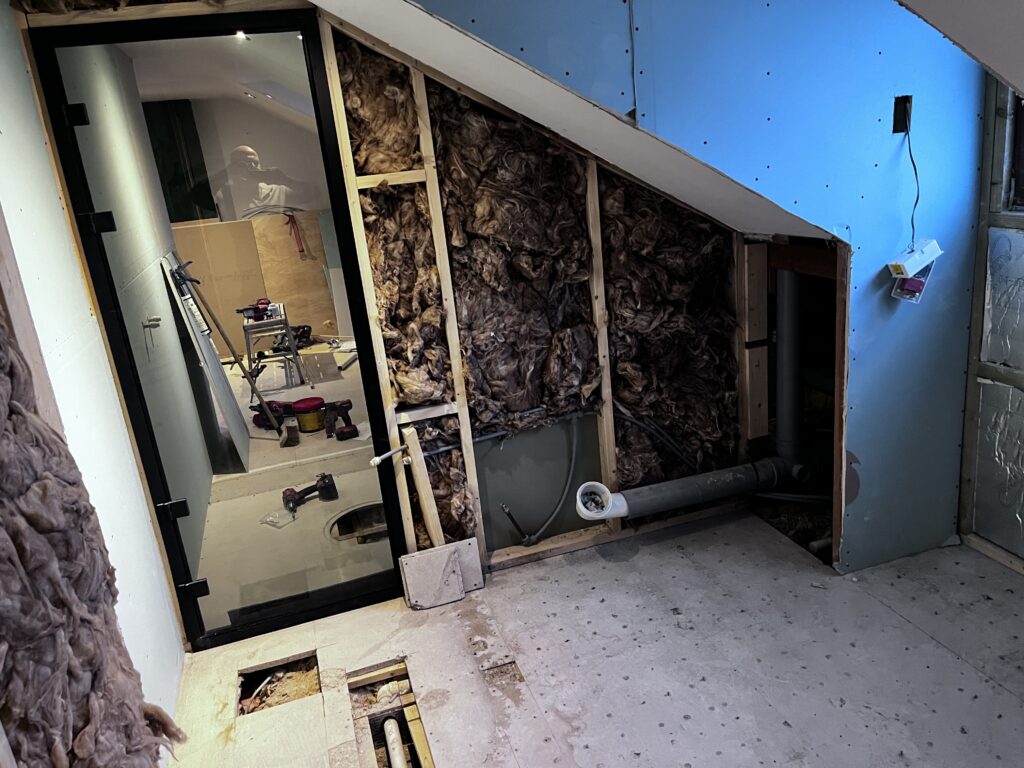
The technology can be used in any internal area. There are 2 main ways of studding for it. First one is the traditional wooden studs, that can be different thickness and heights, depending on your needs.
Second option is more modern, lightweight and sturdy- that is metal framing. This also is available in different wall thickness and lengths. It is used in most new building projects commercially.
Regardless of the option you choose, you will end up with nice straight walls that reconfigure your space to your requirement.
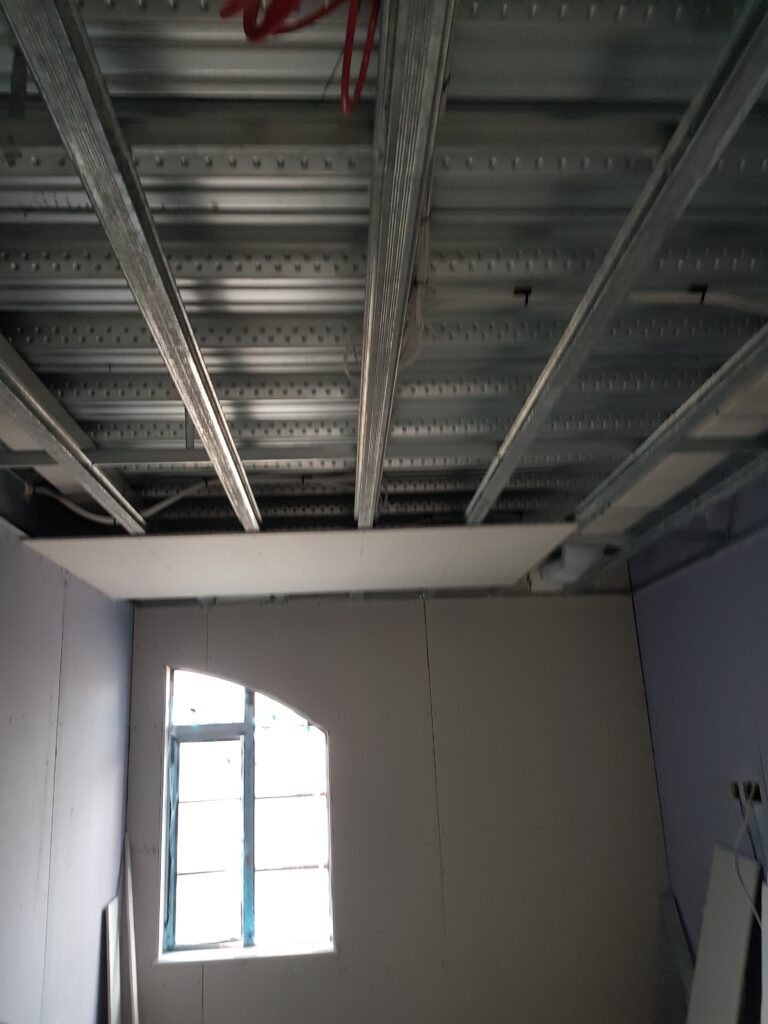
Plasterboarding also allows you to create laser straight ceilings, interesting shapes like waves, curved walls and arches. It also provides great sound and fire insulation where needed.
The Plasterboard material comes in different models: Moisture resistant, Sound proofing, Ordinary, Fire resistant etc.. Depending on the needs of your projects, you could end up using all different types or indeed just ordinary once. This versatility of the product is the reason for its wide popularity and use.
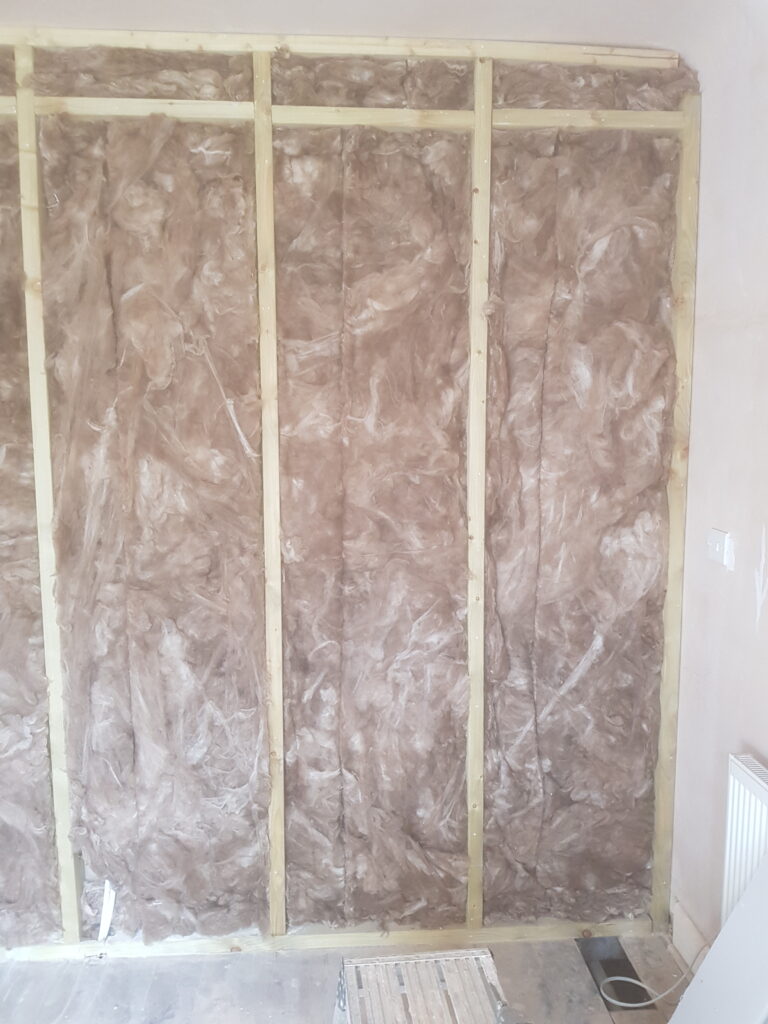
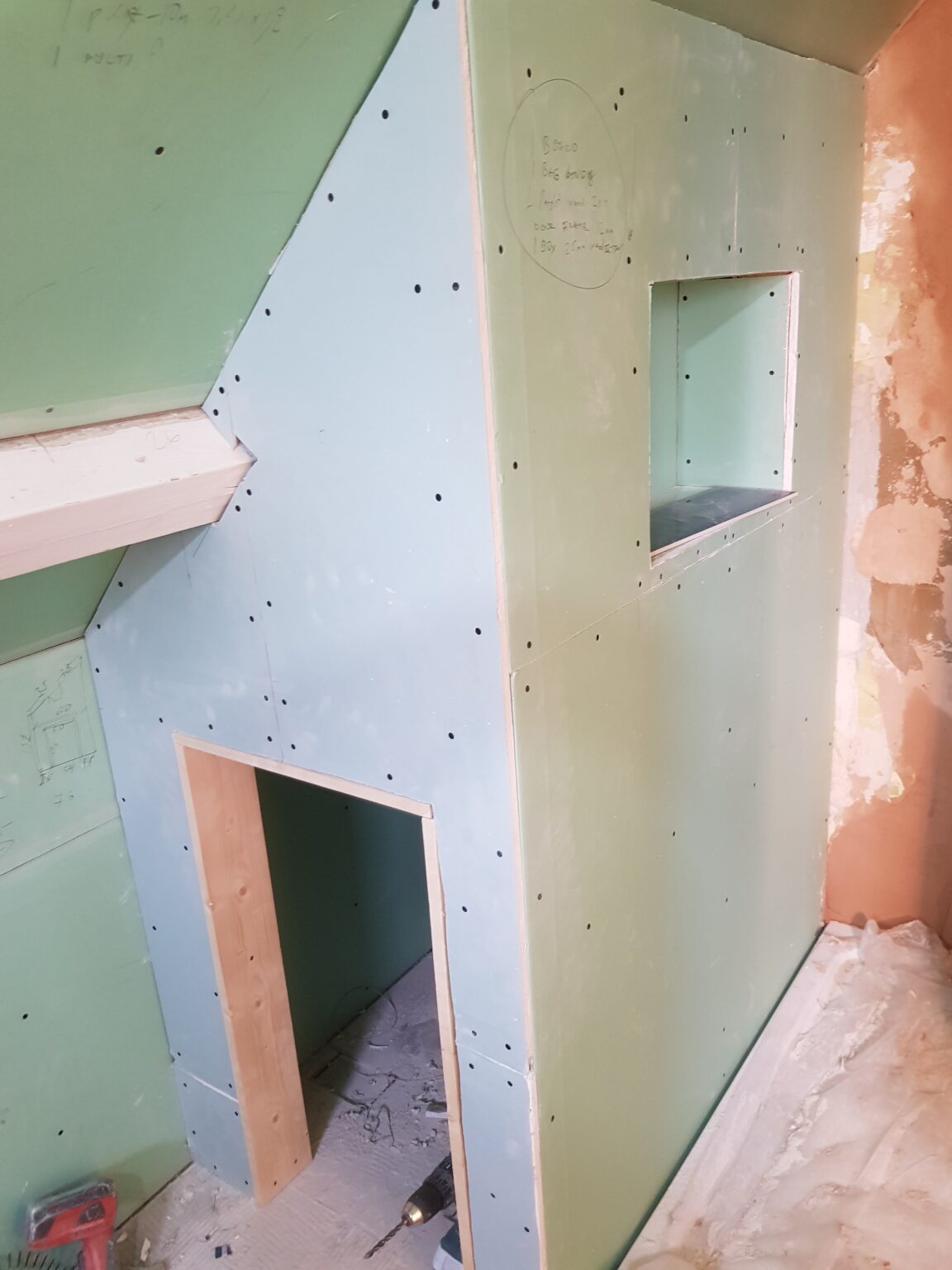
The vast range of its applications can not be exhausted in one article, but the excellent qualities of this technology never disappoint.
Another aspect to enhance sound proofing and heat/cold retention is connected with the type of insulation that is used in the studding. This can vary in price and quality depending on your needs. You could go with simple “loft” insulation or much more specialized options. Budget and needs are again at the forefront, as choosing products are entirely dependent on these.

